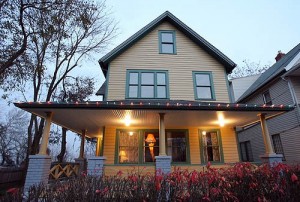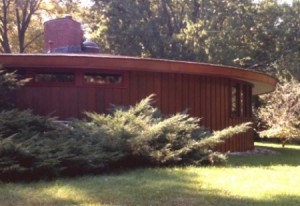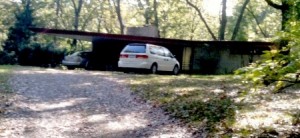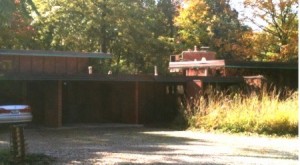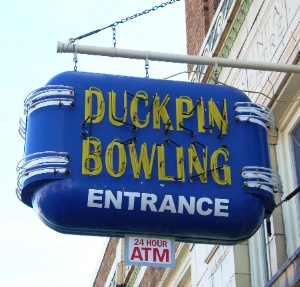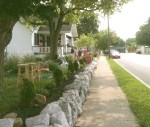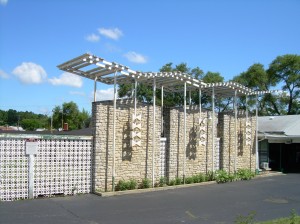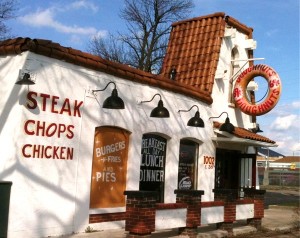 It’s always an enjoyable experience meeting a new proprietor with a fledgling business. Michael and Claudia Lee are the owners whom I recently met at their Great Western Diner adjacent to the Indiana State Fairgrounds in Indianapolis. I was attending the Indy Advertising show, had my sights set on a local diner meal afterwards, and the Great Western was right there next to the facility.
It’s always an enjoyable experience meeting a new proprietor with a fledgling business. Michael and Claudia Lee are the owners whom I recently met at their Great Western Diner adjacent to the Indiana State Fairgrounds in Indianapolis. I was attending the Indy Advertising show, had my sights set on a local diner meal afterwards, and the Great Western was right there next to the facility.
It was the building that caught my attention – online, actually – before I ever left for Indiana. The building, with its great exterior started life as a Taco Bell in 1965. And, it wasn’t just any Taco Bell, but THE original midwest Taco Bell – serving as the model for midwest franchising. The great doughnut sign started life as an International Harvester tractor tire. That’s retro enough for me!
Located in the up-and-coming Meridian Kessler area of Indianapolis, the place is a survivor. It was present when the neighborhood shined, when it later tarnished, and now as it has started regaining some traction. The building has quite a history, too. It has served as home to a fried chicken place, a rib joint, a pizza place, and even a printing company. Before the Lee’s bought the property it had simply stood vacant and derelict. The Lees, of course, have gotten the building open for business again. The interior has been nicely redone in a western theme suggested by the diner’s name. The exterior is looking good, but still appears to still be a work-in-progress.
As for the food? Well, with a name like the Heart Attack Cheeseburger you can probably guess this place’s signature items are its burgers. Breakfast items are not second string – dishes like the Big Papa are equally sizable and very reasonably priced. I was there in the afternoon, although in breakfast mood. My choice, with some enthusiastic suggestions from Michael, was a fantastic western omelette that could have easily fed two people!
It was this kind of interaction that really caught my attention. Perhaps it’s not always like this, but I was a customer of the owners – not waitstaff. The Lee’s started up a mere 3 months ago (December of 2011), and they exude that kind of fresh enthusiasm that new entrepreneurs inevitably have. He was very accommodating and seemed truly eager to please; I get the sense that he enjoys the people side of the business as much as anything. Yet, he’s not a newbie to restaurants, either. He has a background in the food service industry, including stints on the Delta & Mississippi Queen river boats as well as on Carnival cruise lines. He brings from that background a noticeable creative mindset; it shows in elements like the western decor along with those signature menu items. He even has plans for capitalizing on the conspicuous front sign by introducing homemade doughnuts at the cafe.
The Great Western Diner is located on the same side ofE. 38th streetas the fairgrounds. So, if you are attending an event, just turn right on 38th once you exit the gate, and within about a block or so you’ll be there. Just look for the giant doughnut, as it’s hard to miss.
 Follow
Follow Email
Email